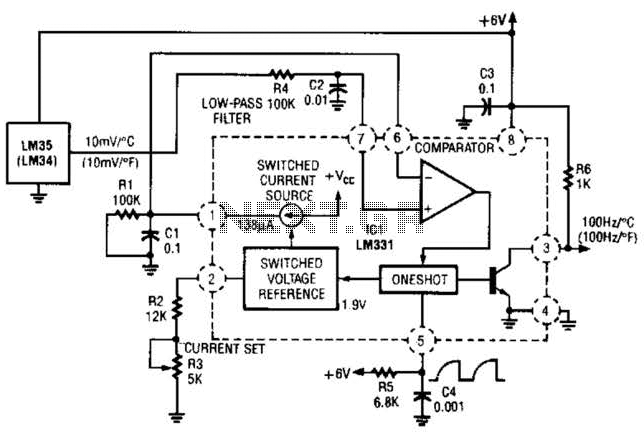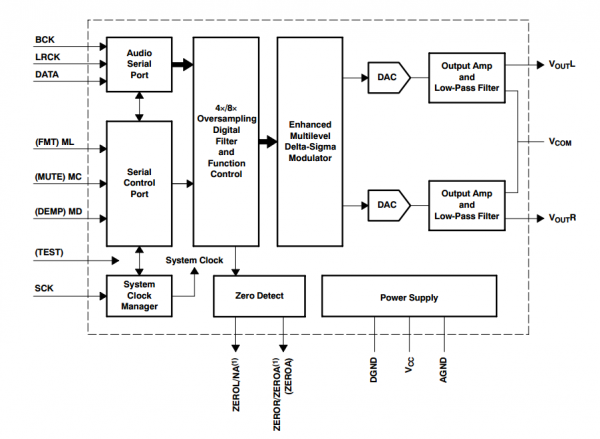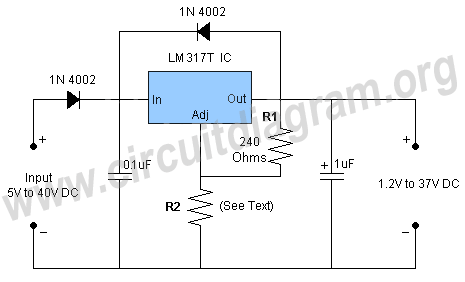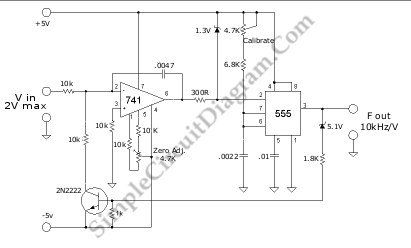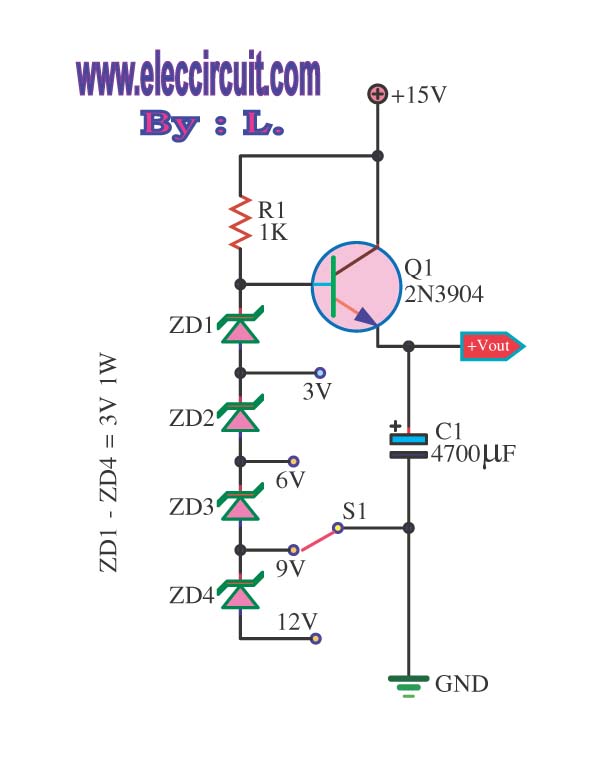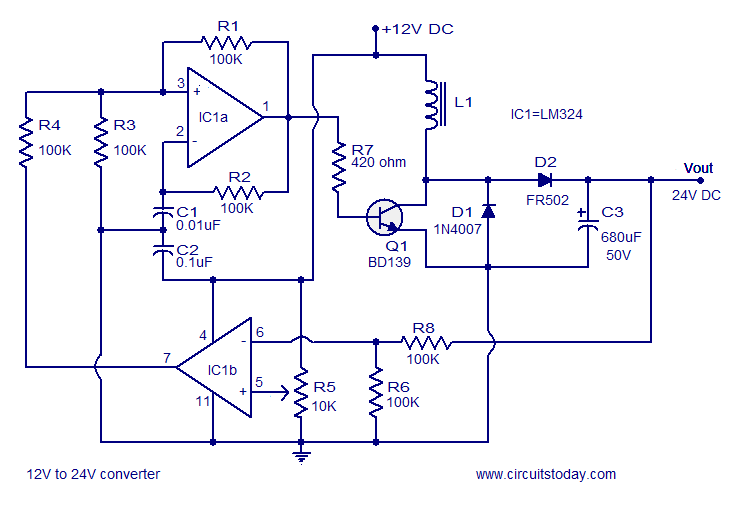
Regency ATC-1 Converter
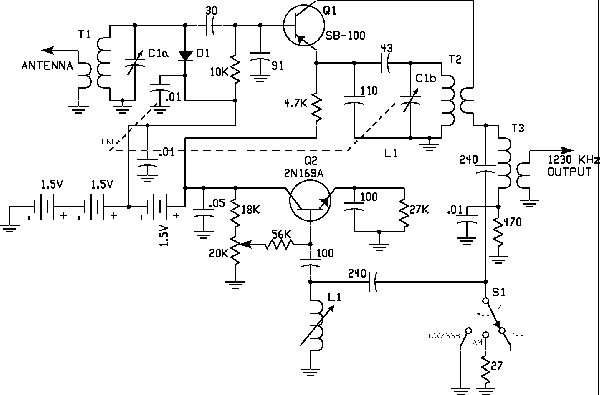
The 1956 Regency ATC-1 converter marked the beginning of a new era in amateur radio. This compact converter utilized only two transistors—one PNP and one NPN—both made of germanium and now considered obsolete. However, they represented the onset of a significant technological revolution. Amateur radio enthusiasts who responded to Regency's advertisement in the August 1956 issue of CQ Magazine believed they were purchasing an innovative mobile converter. In reality, for $79.50, they were acquiring a pivotal piece of ham radio history. Regency Electronics was founded by former RCA employees Joe Weaver and John Pies. The parent company, Industrial Development Engineering Associates (I.D.E.A), was established in 1947, the same year that Bell Labs scientists Shockley, Bardeen, and Brattain invented the transistor. In October 1954, Regency launched the world's first transistor radio, the TR-1, and less than two years later, introduced the first transistor amateur product, the ATC-1 converter. This seemingly modest device heralded the decline of the vacuum tube's long dominance in amateur radio. The ATC-1 was designed to cater to a niche market for mobile operators. At the time of its introduction, most amateur operators used dedicated receivers in their vehicles, with popular models including the Multi-Elmac PMR-7, Morrow MBR-5, and Gonset G-66. Other companies had attempted to market mobile HF converters, such as the Gonset "tri-band Converter," but these vacuum tube designs offered minimal space savings compared to full-fledged receivers and required external power supplies. Regency aimed to change this dynamic with the compact, battery-powered ATC-1. Powered by three AA penlight cells, the ATC-1 operated across five bands (80-10 meters) and included a Q-multiplier for AM reception and a BFO for SSB/CW reception. A rotating drum displayed the active band, and single-knob tuning facilitated operation. The bandspread was adequate, with dial calibration marks every 10 kHz, and the output frequency of the converter was set at 1230 kHz. The top view of the ATC-1, with the cover removed, reveals the dial drum mechanism and the individual tuned circuits at the emitter of the mixer/oscillator transistor Q1. Despite its simplicity, the ATC-1 represented a remarkable engineering accomplishment. To fully appreciate this achievement, it is essential to understand the historical context of the ATC-1's design. In the mid-1950s, the primary advantage of transistors over vacuum tubes lay in their suitability for simple, portable applications where size and power consumption were critical, although performance was often secondary. Vacuum tubes had a significant head start, nearly half a century, and it seemed unlikely that transistor technology would ever match their capabilities. Additionally, many engineers trained in tube circuits found transistor circuits to be unfamiliar and complex. Unlike vacuum tubes, transistors are current-operated devices with low impedances, minimal isolation between inputs and outputs, and susceptibility to thermal runaway. Designing with these delicate components required abandoning established rules of thumb and intuitive guidelines developed over years of professional experience. Transistors represented a paradigm shift, and the learning curve was steep. Moreover, the germanium transistors of the 1950s were not particularly impressive in terms of performance, exhibiting low current gain, limited frequency response, and high sensitivity to temperature. They were also fragile; a minor mishap such as a slip of a clip lead, a static discharge, or incorrect battery connection could render them inoperable in an instant. Compounding these challenges, early transistors were expensive, costing several dollars each, leading many design engineers to view them as inadequate performers.
The Regency ATC-1 converter circuit is a testament to early transistor technology in amateur radio. The circuit design incorporates two key transistors: a PNP transistor (commonly used for amplification) and an NPN transistor (often utilized for switching and signal processing). The circuit configuration allows for efficient frequency conversion, enabling the reception of various amateur radio bands. The Q-multiplier enhances AM reception by improving selectivity and sensitivity, while the Beat Frequency Oscillator (BFO) facilitates Single Sideband (SSB) and Continuous Wave (CW) reception, both vital for effective communication in amateur radio.
The power supply design, utilizing three AA batteries, exemplifies the focus on portability and convenience, allowing operators to use the ATC-1 in mobile settings without the need for bulky external power sources. The tuning mechanism, featuring a rotating drum, provides visual feedback on the selected band, ensuring ease of use during operation. The calibration of the dial marks every 10 kHz enables operators to fine-tune their frequency selection accurately.
In summary, the Regency ATC-1 converter not only represents a significant advancement in the field of amateur radio but also reflects the broader transition from vacuum tube technology to transistor-based designs. Its introduction marked a pivotal moment in radio history, paving the way for future innovations that would ultimately lead to the widespread adoption of transistor technology in various electronic applications.The 1956 Regency ATC-1 converter heralded the dawn of a new era for amateur radio. The little converter had only two transistors - one PNP, one NPN, both germanium, both now long obsolete - but they were the start of a revolution. Amateurs responding to the Regency advertisement in the August 1956 issue of CQ Magazine thought they were merely bu
ying a novel mobile converter. In truth, for $79. 50, they were buying a seminal piece of ham radio history. Regency Electronics was the brainchild of former RCA employees, Joe Weaver and John Pies. The parent company, Industrial Development Engineering Associates (I. D. E. A), was incorporated in 1947, the same year Bell Labs scientists Shockley, Bardeen and Brattain invented the transistor. In October, 1954, Regency brought to market the world`s first transistor radio, the TR-1, and less than two years later, the world`s first transistor amateur product, the ATC-1 converter.
Unbeknownst to all, this inauspicious little device signaled for amateur radio the beginning of the end of the vacuum tube`s long and glorious reign. The ATC-1 was intended to fill a niche market for mobile operators. When Regency introduced its new converter in 1956, most hams used dedicated receivers in their vehicles, the Multi-Elmac PMR-7, the Morrow MBR-5, and the Gonset G-66 being popular mobile receivers of the day.
Other companies` mobile HF converters, such as the Gonset "tri-band Converter" had never been big sellers, primarily because their vacuum tube designs offered little space savings over full-blown receivers. Furthermore, like all mobile receivers, vacuum tube converters required an external power supply. Regency obviously hoped that the diminuative, battery-powered ATC-1 would reverse this record. Powered by three AA penlight cells, the ATC-1 covered five bands (80-10 meters) and featured a Q-multiplier for AM reception and a BFO for SSB/CW reception.
A rotating drum displayed the band in use, with single-knob tuning. Bandspread was quite adequate, with dial calibration marks every 10 kHz. The output frequency of the converter was 1230 kHz. Top view of the ATC-1 with the cover removed, showing the dial drum mechanism and the indvidual tuned circuits at the emitter of mixer/oscillator transistor Q1. Despite its simplicity, the ATC-1 was a remarkable engineering achievement. To appreciate fully this achievement, however, it is necessary to place the ATC-1`s design into historical context.
In the mid-fifties, the transistor`s advantage over vacuum tubes was primarily in simple, portable applications, where size and power consumption were important but performance secondary. For most applications, vacuum tubes had a head start of nearly a half century, and it seemed highly improbable that transistor technology could ever catch up.
Transistor usage in r. f. applications seemed particularly problemmatic. Secondly, many engineers schooled in tube circuits found transistor circuits alien and confusing. Unlike vacuum tubes, transistors were current-operated devices. Their impedances were very low, there was little isolation between inputs and outputs, and they were prone to thermal runaway. To design with these fragile little devices, the rules of thumb, the guidelines, and the intuition developed over a professional career had to be tossed out the window.
Transistors were a whole new ballgame, and the learning curve was steep. And finally, the germanium transistors of the 1950s were unimpressive performers. Their current gain was low, as was their frequency response, and they were highly temperature sensitive. And worst of all, they were oh-so-delicate. A slip of a cliplead, a tiny snap of static electricity, a battery momentarily connected backwards, and they would be gone in an eyeblink.
And to make matters worse, these early transistors cost several dollars apiece. Frankly, to many design engineers, transistors were such poor performers t 🔗 External reference
The Regency ATC-1 converter circuit is a testament to early transistor technology in amateur radio. The circuit design incorporates two key transistors: a PNP transistor (commonly used for amplification) and an NPN transistor (often utilized for switching and signal processing). The circuit configuration allows for efficient frequency conversion, enabling the reception of various amateur radio bands. The Q-multiplier enhances AM reception by improving selectivity and sensitivity, while the Beat Frequency Oscillator (BFO) facilitates Single Sideband (SSB) and Continuous Wave (CW) reception, both vital for effective communication in amateur radio.
The power supply design, utilizing three AA batteries, exemplifies the focus on portability and convenience, allowing operators to use the ATC-1 in mobile settings without the need for bulky external power sources. The tuning mechanism, featuring a rotating drum, provides visual feedback on the selected band, ensuring ease of use during operation. The calibration of the dial marks every 10 kHz enables operators to fine-tune their frequency selection accurately.
In summary, the Regency ATC-1 converter not only represents a significant advancement in the field of amateur radio but also reflects the broader transition from vacuum tube technology to transistor-based designs. Its introduction marked a pivotal moment in radio history, paving the way for future innovations that would ultimately lead to the widespread adoption of transistor technology in various electronic applications.The 1956 Regency ATC-1 converter heralded the dawn of a new era for amateur radio. The little converter had only two transistors - one PNP, one NPN, both germanium, both now long obsolete - but they were the start of a revolution. Amateurs responding to the Regency advertisement in the August 1956 issue of CQ Magazine thought they were merely bu
ying a novel mobile converter. In truth, for $79. 50, they were buying a seminal piece of ham radio history. Regency Electronics was the brainchild of former RCA employees, Joe Weaver and John Pies. The parent company, Industrial Development Engineering Associates (I. D. E. A), was incorporated in 1947, the same year Bell Labs scientists Shockley, Bardeen and Brattain invented the transistor. In October, 1954, Regency brought to market the world`s first transistor radio, the TR-1, and less than two years later, the world`s first transistor amateur product, the ATC-1 converter.
Unbeknownst to all, this inauspicious little device signaled for amateur radio the beginning of the end of the vacuum tube`s long and glorious reign. The ATC-1 was intended to fill a niche market for mobile operators. When Regency introduced its new converter in 1956, most hams used dedicated receivers in their vehicles, the Multi-Elmac PMR-7, the Morrow MBR-5, and the Gonset G-66 being popular mobile receivers of the day.
Other companies` mobile HF converters, such as the Gonset "tri-band Converter" had never been big sellers, primarily because their vacuum tube designs offered little space savings over full-blown receivers. Furthermore, like all mobile receivers, vacuum tube converters required an external power supply. Regency obviously hoped that the diminuative, battery-powered ATC-1 would reverse this record. Powered by three AA penlight cells, the ATC-1 covered five bands (80-10 meters) and featured a Q-multiplier for AM reception and a BFO for SSB/CW reception.
A rotating drum displayed the band in use, with single-knob tuning. Bandspread was quite adequate, with dial calibration marks every 10 kHz. The output frequency of the converter was 1230 kHz. Top view of the ATC-1 with the cover removed, showing the dial drum mechanism and the indvidual tuned circuits at the emitter of mixer/oscillator transistor Q1. Despite its simplicity, the ATC-1 was a remarkable engineering achievement. To appreciate fully this achievement, however, it is necessary to place the ATC-1`s design into historical context.
In the mid-fifties, the transistor`s advantage over vacuum tubes was primarily in simple, portable applications, where size and power consumption were important but performance secondary. For most applications, vacuum tubes had a head start of nearly a half century, and it seemed highly improbable that transistor technology could ever catch up.
Transistor usage in r. f. applications seemed particularly problemmatic. Secondly, many engineers schooled in tube circuits found transistor circuits alien and confusing. Unlike vacuum tubes, transistors were current-operated devices. Their impedances were very low, there was little isolation between inputs and outputs, and they were prone to thermal runaway. To design with these fragile little devices, the rules of thumb, the guidelines, and the intuition developed over a professional career had to be tossed out the window.
Transistors were a whole new ballgame, and the learning curve was steep. And finally, the germanium transistors of the 1950s were unimpressive performers. Their current gain was low, as was their frequency response, and they were highly temperature sensitive. And worst of all, they were oh-so-delicate. A slip of a cliplead, a tiny snap of static electricity, a battery momentarily connected backwards, and they would be gone in an eyeblink.
And to make matters worse, these early transistors cost several dollars apiece. Frankly, to many design engineers, transistors were such poor performers t 🔗 External reference
